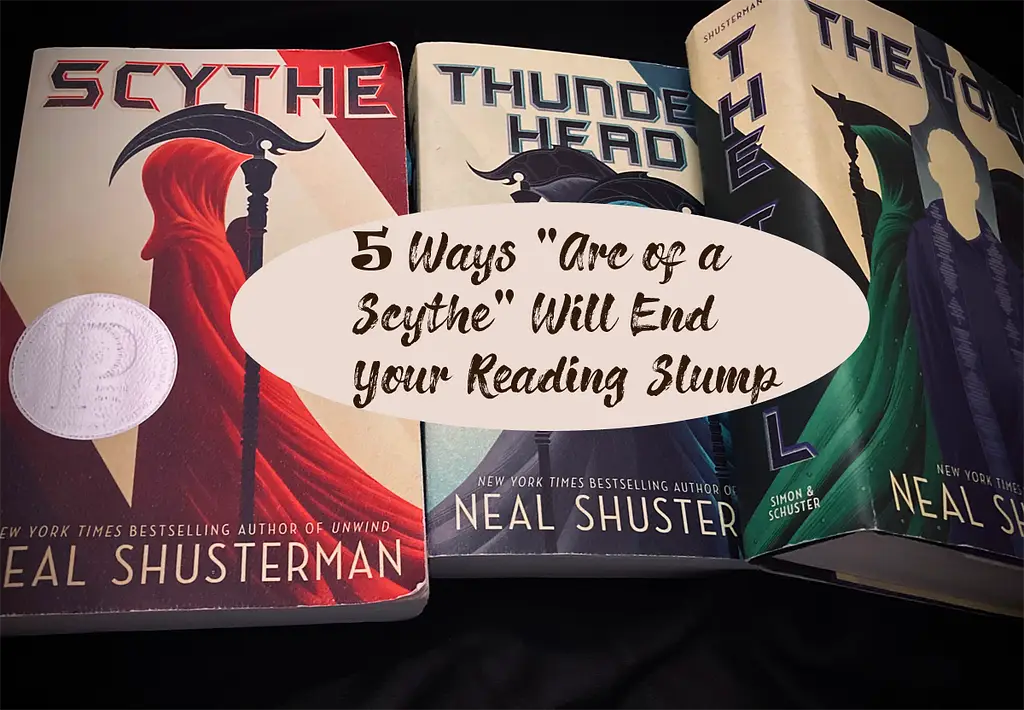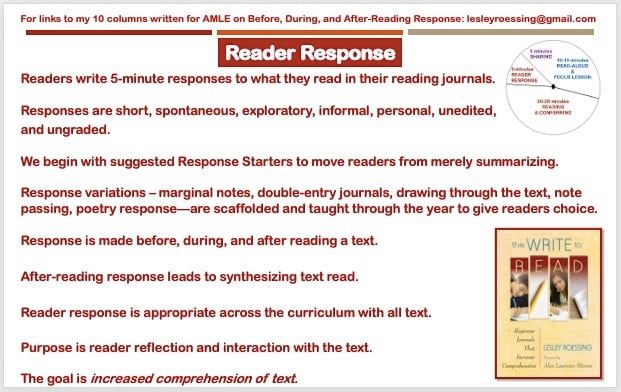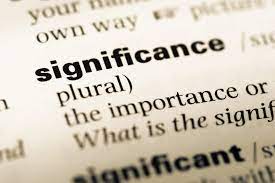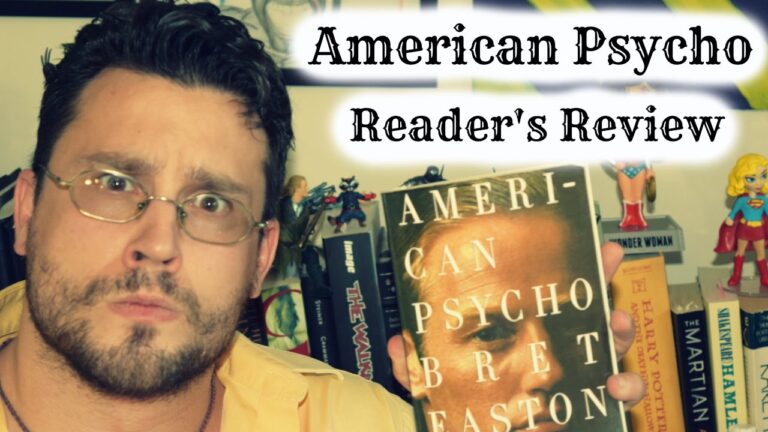
The Scythe book, written by Neal Shusterman, is a masterful exploration of morality, ethics, and humanity within a unique dystopian world. Part of the Arc of a Scythe trilogy, this young adult series has captured the hearts and minds of readers worldwide by challenging them to consider profound questions about life, death, and what it means to live in a world without natural mortality. This article delves into why Scythe stands out in the crowded landscape of dystopian fiction.
An Introduction to the Scythe Book
What Is the Scythe Book About?
The Scythe book is set in a future where humanity has achieved immortality and eliminated disease, aging, and even death. In this utopian world, natural population control has become obsolete, and a new order of individuals known as “Scythes” is tasked with maintaining balance by selecting those who must die. This concept introduces a profound exploration of moral and ethical dilemmas. Neal Shusterman’s writing brings this thought-provoking premise to life, making Scythe a captivating read.
Scythe is part of the Arc of a Scythe trilogy, which includes Thunderhead and The Toll. Together, these books build a complex world with rich character development and intricate storytelling.
Why Readers Are Drawn to Scythe
Readers are drawn to Scythe for its compelling narrative and the way it challenges traditional dystopian tropes. While many dystopian novels focus on oppressive governments or rebellious protagonists, Scythe examines the implications of a utopian society. The book’s philosophical undertones and ethical dilemmas resonate deeply with audiences, particularly those who enjoy young adult fiction with depth and complexity.
The Worldbuilding and Themes in Scythe
The Society of Immortality
In Scythe, humanity has achieved what was once thought impossible: the eradication of death. However, this triumph over mortality creates new challenges, such as overpopulation. The Scythedom, a governing body of Scythes, is introduced to restore balance. Through this societal structure, Neal Shusterman explores the ramifications of immortality and the responsibilities that come with it.
This exploration of immortality in Scythe prompts readers to question how far humanity should go in its pursuit of perfection and the cost of achieving it.
The Moral Dilemmas Explored in Scythe
One of the most captivating aspects of the Scythe book is its examination of morality. The Scythes must abide by a strict code of ethics while carrying out their grim duties. Yet, power and human flaws inevitably lead to corruption, raising questions about how morality can be preserved in the face of absolute authority.
The main characters, Citra and Rowan, navigate these ethical challenges, giving readers a lens through which to consider their own moral beliefs. Themes of power, corruption, and humanity are central to the story.
Technology and Governance in Scythe
The Arc of a Scythe trilogy also delves into the role of technology in governance. The Thunderhead, a benevolent artificial intelligence, oversees human affairs while remaining separate from the Scythedom. This separation highlights the tension between human autonomy and technological intervention, a recurring theme in modern dystopian literature.
Exploring the Arc of a Scythe Trilogy
What Makes the Trilogy Unique?
The Arc of a Scythe trilogy’s uniqueness lies in its ability to blend philosophical inquiry with gripping storytelling. Each book builds on the previous one, expanding the scope of its themes while maintaining a tight narrative focus. Shusterman’s worldbuilding and character development set this series apart from other young adult dystopian novels.
Characters and Their Journeys
The protagonists, Citra Terranova and Rowan Damisch, undergo profound transformations throughout the series. The moral complexities of their roles as Scythes-in-training shape their journeys.
Is the Scythe Book Worth Reading for Dystopian Fans?
Why It Stands Out in Young Adult Literature
Scythe distinguishes itself from other young adult novels through its innovative approach to dystopian fiction. While most dystopias depict oppressive systems, Scythe presents a seemingly perfect world with hidden flaws. This twist on the genre keeps readers engaged and encourages deeper thought about societal structures.
Reader Reactions and Reviews

Fans of the Arc of a Scythe trilogy praise its originality, compelling characters, and thought-provoking themes. Many reviews highlight how the series balances entertainment with intellectual depth, making it a must-read for fans of dystopian fiction.
Conclusion
The Scythe book by Neal Shusterman captivates readers with its innovative storytelling, complex themes, and unforgettable characters. By exploring profound questions about humanity, morality, and the cost of immortality, it resonates deeply with audiences worldwide. Whether you’re a fan of dystopian fiction or searching for a thought-provoking read, Scythe is a must-read that leaves a lasting impression.
FAQs
What is the central theme of the Scythe book?
The central theme revolves around the ethics of mortality and the consequences of immortality in a society that has conquered death.
Is Scythe suitable for young adult readers?
Yes, Scythe is a young adult novel that tackles mature themes while remaining accessible to its target audience.
How many books are in the Arc of a Scythe trilogy?
The trilogy consists of three books: Scythe, Thunderhead, and The Toll.
What makes Scythe different from other dystopian novels?
Its unique premise, focusing on a utopian society with dystopian undertones, sets it apart from traditional dystopian stories.
Who should read the Scythe series?
The series is ideal for fans of dystopian fiction, young adult literature, and readers interested in ethical and philosophical questions about life and death.






